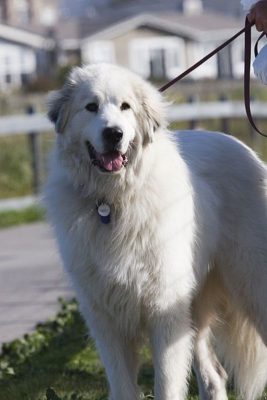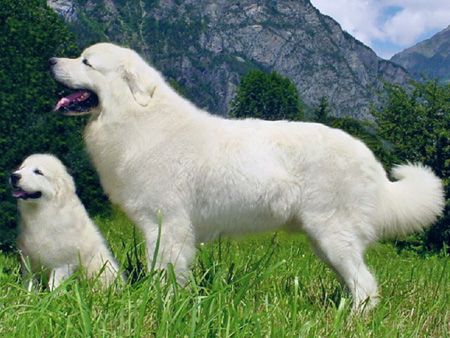Tatra Shepherd Dog

The dog is calm, balanced, with high intelligence and independence. It can make its own decisions. Honestly performs his duty, loyal to his master, and rarely needs additional training, as he perfectly understands all commands. Dangerous to strangers. Wary of strangers and always protect their territory.
Table of Contents
Breed Information
| Another Name | Polish Tatra Sheepdog |
| Origin | Poland |
| Height | Males 65-70 cm Females 60-65 cm |
| Weight | Males 55-70 kg Females 45-55 kg |
| Fur | Two-layer; consists of a well-developed soft undercoat and a medium-length stiff paddock hair, which can be either straight or wavy |
| Color | White |
| Lifespan | 14-15 years |
| FCI Classification | Sheepdogs and Cattledogs (except Swiss Cattledogs) |
| Group | Watchdogs |
| Price | $350-1500 |
Breed Photos
Origin History
The Tatra Shepherd Dog comes from the mountains in Poland (High Tatras). Here they were used as herding dogs and were engaged in herding cattle and sheep. Because of their large size, they could easily frighten wolves and protect the herd. After World War II, scientists began purposefully breeding the breed.
Now, after many years, the Tatra Shepherd Dog is used for guarding, transportation, protection. Famous in its homeland Poland and cities in the USA, Canada, and European countries.
Appearance
The Tatra Shepherd Dog is magnificent, white, and harmonious. Proportional body parts make her look very noble and strong. The physique is sturdy.
The coat consists of two layers: a soft undercoat and medium-length stiff hair, either straight or wavy. On the neck and chest, the hair is slightly longer. The color can be either entirely white or light cream.
The height varies depending on the sex. Males are about 65-70 cm, bitches 60-65 cm. The weight also varies: males have 55-70 kg, and females have 45-55 kg.
Character
The dog is calm, balanced, with high intelligence and independence. It can make its own decisions. Honestly performs his duty, loyal to his master, and rarely needs additional training, as he perfectly understands all commands.
The Tatra Shepherd Dog is dangerous to strangers. Wary of strangers and always protect their territory. Pretty quickly, get used to all family members, love children, and are ready to play with them and watch them.
Rarely do they bark at strangers. More often, they give a warning with a vicious growl. The Tatra Shepherd Dog needs a good-natured atmosphere, calm and good family. The dog’s temperament is calm, intelligent, and always on the alert.
Care
The Tatra Shepherd Dog needs constant movement. It is used to freedom and large areas, so you need to walk with it often. Living in an apartment will be very cramped for her. A house where she can spend a lot of time outside or in an aviary is best. Active walks, games, training are significant for the pet.
Comb your dog’s hair twice a week. During the shedding period, twice a day. The white color of the dog may be frightening at the prospect of frequent bathing. But in fact, this is not the case. The Tatra Shepherd Dog’s coat cleans itself, so bathe them no more than 4-7 times a year.
Training
Dogs do not need to learn extra commands for guarding because they have these qualities. To teach a sheepdog, you need to have a warm and friendly relationship with it based on trust. They have good intuition and understand how to protect the household. At the same time, they do not need additional training.
Training must be done gradually and patiently. Do not forget that a lot depends on the independence of these pets.
Training should take place in a hot, friendly environment. Play can also be used, and it is recommended to diversify training methods.
Common Diseases
The health and immunity of the Tatra Shepherd Dog are robust by nature. Under the right conditions and periodic check-ups, pets rarely get sick. But still, need to be examined for joint dysplasia and vaccinated at least once a year, and checked for worms and fleas.
Nutrition
It is necessary to choose a balanced diet. Meat should be the basis. Eggs, fish should be boiled or cooked, but not raw. You can add vegetables and cereals, dairy products.
It is best to feed twice a day, morning and evening. Do not give sweets, salty, fatty, spicy food, and do not overfeed.
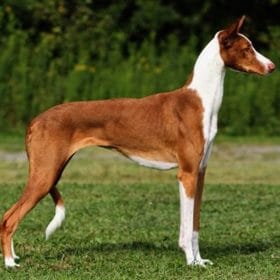 Smooth Collie
Smooth Collie Treeing Walker Coonhound
Treeing Walker Coonhound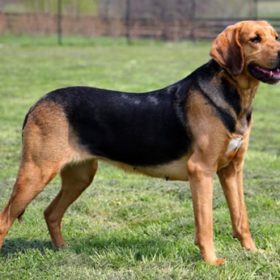 Polish Hound
Polish Hound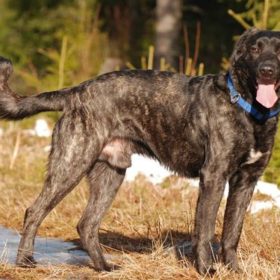 Castro Laboreiro Dog
Castro Laboreiro Dog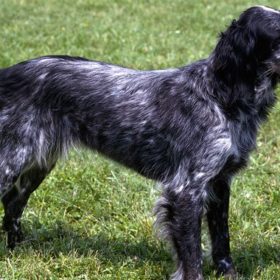 Blue Picardy Spaniel
Blue Picardy Spaniel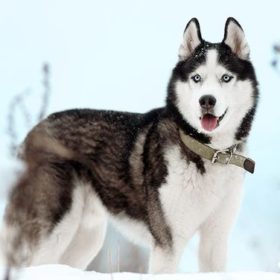 Siberian Husky
Siberian Husky